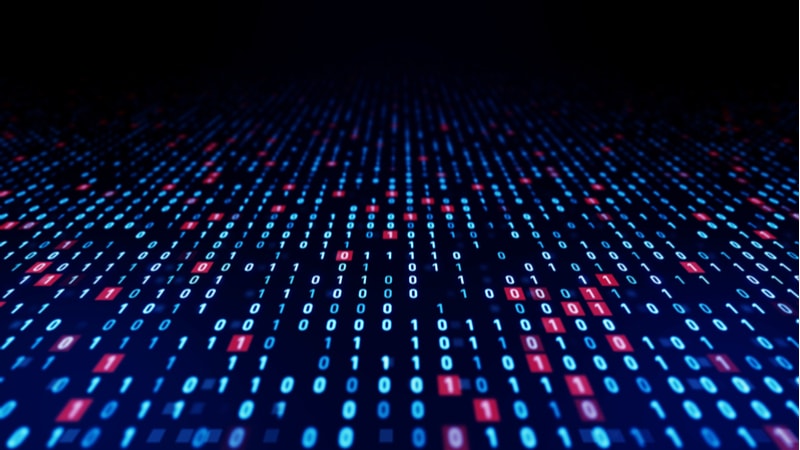
David Luber, Executive Director and third highest ranking official at U.S. Cyber Command, said today it is vital for intelligence agencies to embark on “data fusion” efforts that will create interoperability of data and data-handling systems between agencies.
“It’s critically important that we work on data standards and classification,” Luber said at the GEOINT Symposium on Wednesday, June 5. Data standardization in turn “lets us correlate and do intelligence dissemination at the lowest classified level” that will benefit military commanders who mostly live on the network edge. “We need to do more to work on those opportunities,” he emphasized.
Luber said there is a “terrific opportunity” to converge data sets among agencies that undertake signals intelligence, such as the National Security Agency (NSA), and those that create geospatial intelligence, like the National Geospatial-Intelligence Agency (NGA). “That deliberate partnership will pay great dividends,” he predicted, adding, “more work needs to be done.”
Luber described the outcome of one such SIGINT-GEOINT cooperative exercise in which the two were able to coordinate efforts over a six-week period to get ready to support a particular military operation, which he declined to identify. “We studied how to combine GEOINT and SIGINT … And we were ready because we wanted to achieve joint outcomes” that provide optimal capabilities to warfighters, he said.
“That’s one of hundreds of examples where the intelligence community is working together,” Luber said. “The eyes and the ears of the intelligence community work together,” and need to do more of that, he said.
And, Luber said, “we can see greater outcomes” from joint projects on advanced technologies including machine learning and artificial intelligence (AI). “The opportunity space is tremendous” for other intel agencies working with NGA, he said.
“The future has to focus on persistent innovation,” he said. “Our adversaries are changing rapidly, so we need to change rapidly.”
